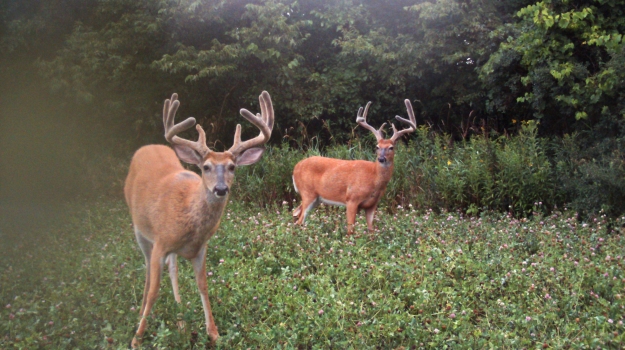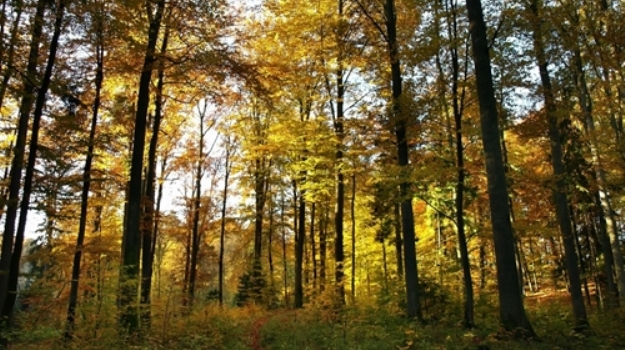
Editor’s Note: Pat Reeve lives in Plainview, Minnesota, and has been a member of the Mossy Oak Pro Staff for 9 years. He and his wife Nicole produce “Driven with Pat and Nicole” (www.drivenhunter.com) on the Outdoor Channel.
By keeping trail-camera pictures of the bucks on the property you hunt each year, you can begin to see an antler pattern as the bucks grow. For instance, you'll see that certain bucks tend to express only an 8-point rack each season, a 7-point rack or a 6-point rack. When we see a buck like that, we’ll often put him on the hit list for the next season. As I mentioned, I’ll put the bucks that don’t have brow tines or short brow tines on my hit list. The bucks I want to keep on the property until they are 5- or 6-years old are the bucks that have 10 points or more each season. For many people this creates a major problem, because they want to take that nice 10- to 15-point buck, when he’s 3- or 4-years old. However, if you let him survive until he's 5- or 6-years old, that buck has a much-better chance of passing on the good antler genetics that he's carrying to the fawns. Theoretically, the longer he survives, the more he’ll breed.
I try to hold off taking a buck with great genetics until that buck is about 5-1/2-years old - usually when a buck reaches his maximum antler potential. His rack will start sliding back and won’t be as big as when he’s 4-1/2- or 5-1/2 after that. This isn’t a hard fast rule, because I've seen bucks that had racks that scored 150 when they were 8-years old. At 9 years old, they actually might score 180. I took a buck once that aged at 5-1/2-years old and scored 200 inches. He was the largest typical buck ever harvested on video with either gun or bow. Usually the bucks on our property when they reach 5-1/2-years of age go on the hit list. However, that doesn’t mean we’re going to take those bucks. I know that there have been big bucks on our property that have lived past 5-1/2-years old and died of natural causes.
Understand that more than likely, you won’t harvest all the bucks on your hit list every season. There’ll be bucks on your hit list that die of old age on your property. A 5-1/2-year-old buck pretty well has you pegged. He knows before you do what you're going to do. The only way you’re going to harvest that buck is to catch him making a mistake. A 5-1/2-year-old buck can be very reclusive and hardly ever show himself during daylight hours. These bucks are especially hard to pattern.
In the deer herd I manage, I try not to focus too much on the rack size of the buck as I do the maturity of the buck. You can look at a buck and tell by his body size, his head, his face, his potbelly and his big hips that he’s mature. These bucks are the ones we want to harvest.






























